New Products-BeriCos® Ude-Phe Undecylenoyl Phenylalanine: Snipe melanin to create translucent skin
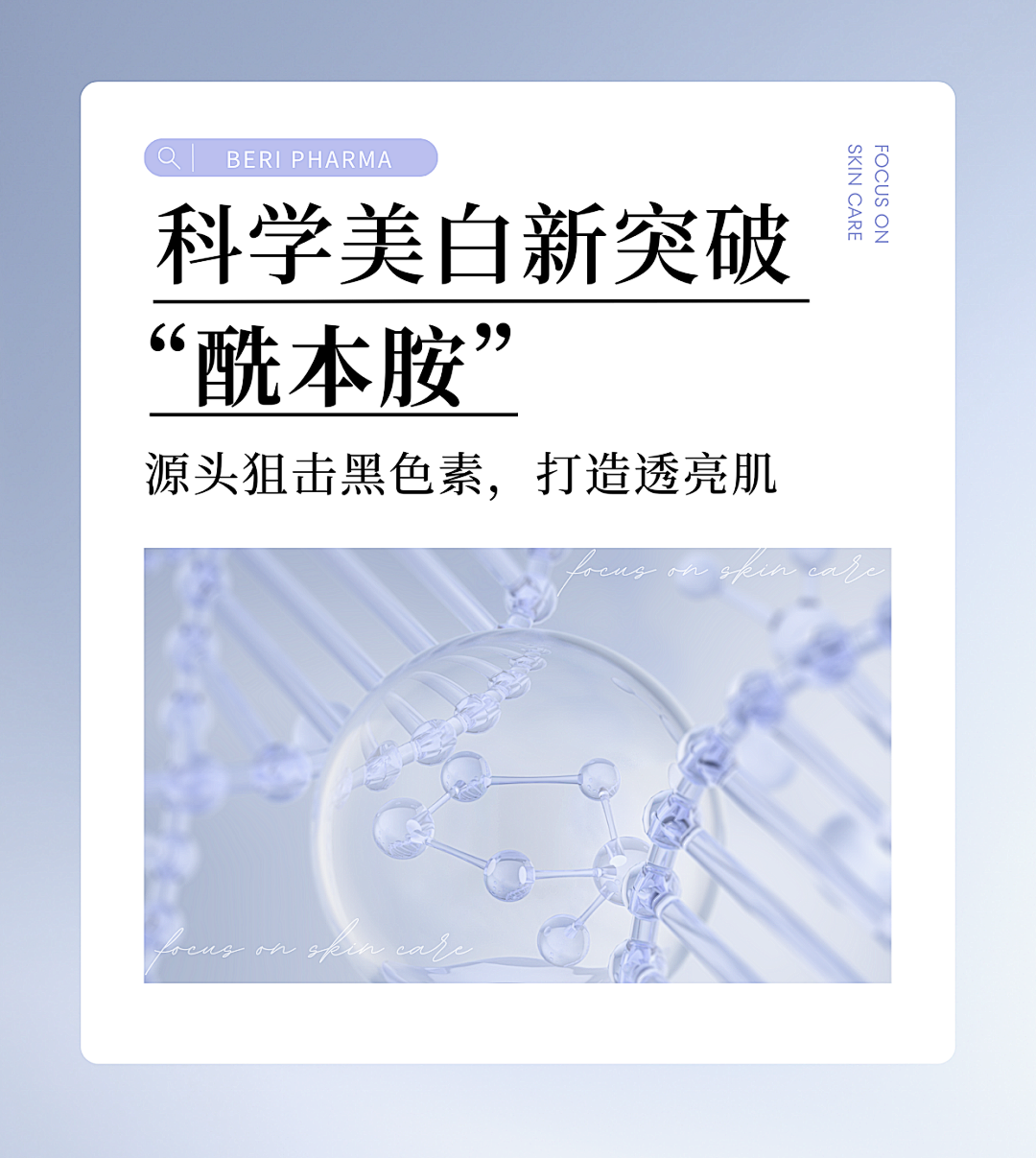
Under the aesthetic trend of "Fair skin will make up for three flaws", the research and development of whitening ingredients has always been the focus of the skin care field. Traditional whitening ingredients such as hydroquinones and high-concentration acids are effective, but they are often accompanied by irritation, sensitization, and may even damage the skin barrier. With consumers' pursuit of "mild and efficient", a safer and more effective ingredient: Undecylenoyl Phenylalanine (abbreviated as imylbenzamine), a new ingredient that achieves whitening by inhibiting melanin signaling, has become the darling of big-name skin care products in recent years.

01 Ingredient Revealed: The "Signal Blocker" of Melanin
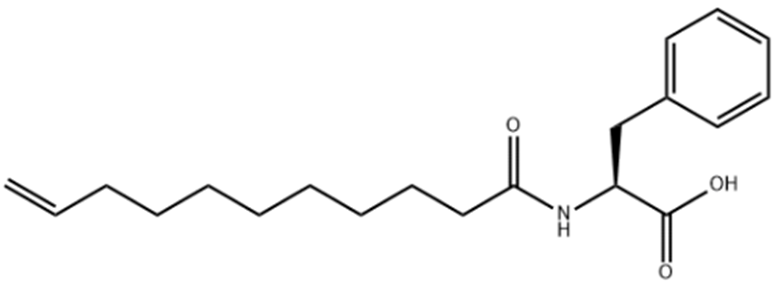
Undecylenoyl Phenylalanine is a melanin (α-MSH) receptor antagonist, and its core role is to "precisely snipe" melanin-producing signals. When UV light stimulates the skin, α-MSH (melanin) binds to receptors on the surface of melanocytes, activating tyrosinase and initiating melanin synthesis. The **amide** can preemptively bind to the receptor and act on the biochemical reactions at various stages of melanin formation triggered by α-MSH, intercept the melanin production signal, and reduce melanin production from the source.
In addition, it can also inhibit tyrosinase activity, reduce the key enzyme reaction of melanin synthesis, and achieve double interception. It has a high safety profile (risk factor of only 1) and is non-acnegenic.
02 Effect test - whitening effect
In a study of solar freckles, 36 participants were given a 2% Undecylenoyl Phenylalanine cream on one hand and a blank cream on the other, twice a day for 12 weeks, and 30 participants completed the test.
All participants with 2% undecanoylphenylalanine cream showed improvement, with 19 patients achieving moderate improvement (63.3%) and 11 significant improvement (36.6%). There was no change in 26 people (86.3%) with blank cream, and 4 people had a slight improvement.
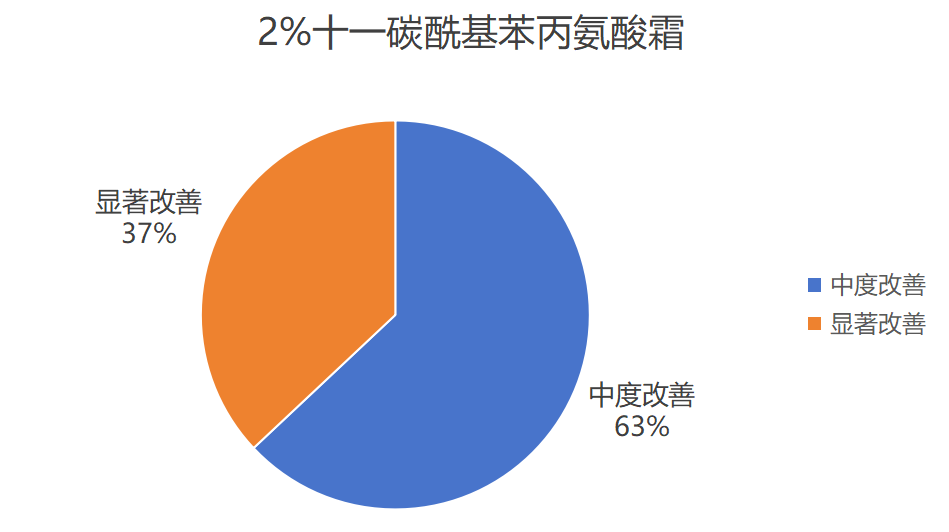
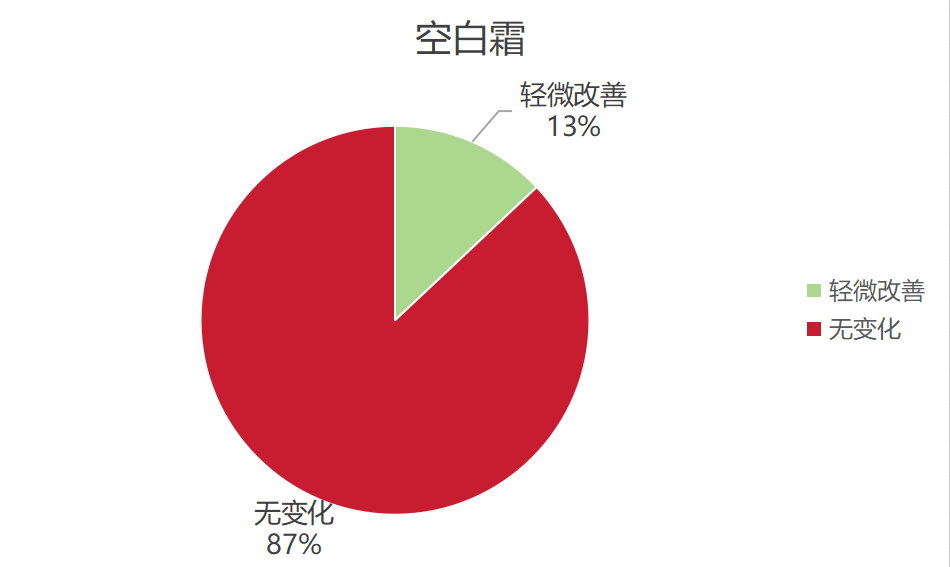
03 Effect test - synergy
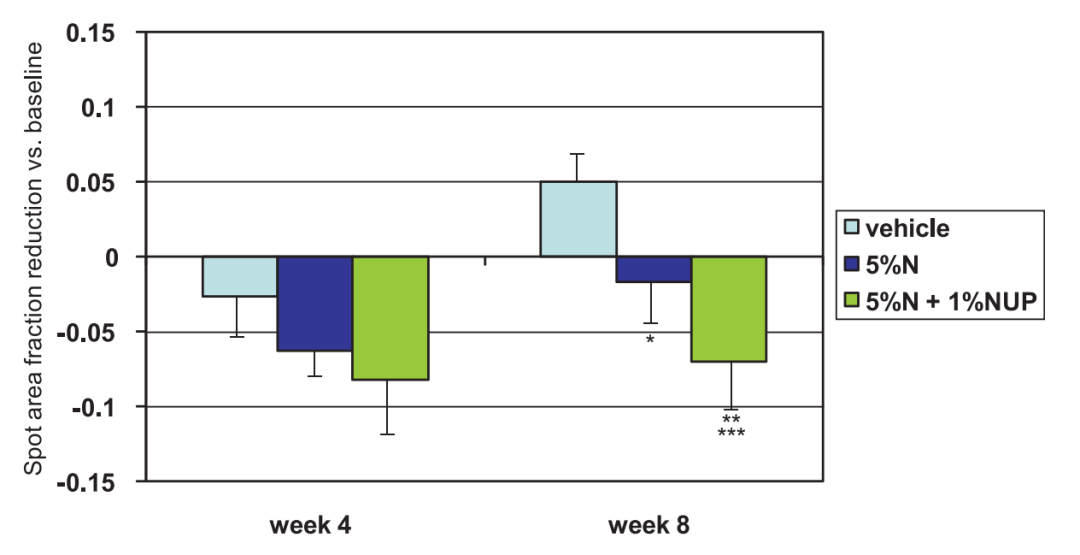
Carboylphenylalanine has a unique mechanism of action, which is very suitable for use with other whitening agents with a mechanism of action, such as resorcinols, VC ingredients, niacinamide, etc., to play a synergistic role.
In a study of the combination of Undecylenoyl Phenylalanine and nicotinamide, 40 volunteers used blank, 5% nicotinamide, 5% nicotinamide 1% Undecylenoyl Phenylalanine for 8 weeks, compared with the blank and nicotinamide groups, 5% nicotinamide 1% Undecylenoyl Phenylalanine had a more significant effect on reducing spots, and Undecylenoyl Phenylalanine could significantly improve the effect of nicotinamide.
04 Effect test - improve emulsion stability
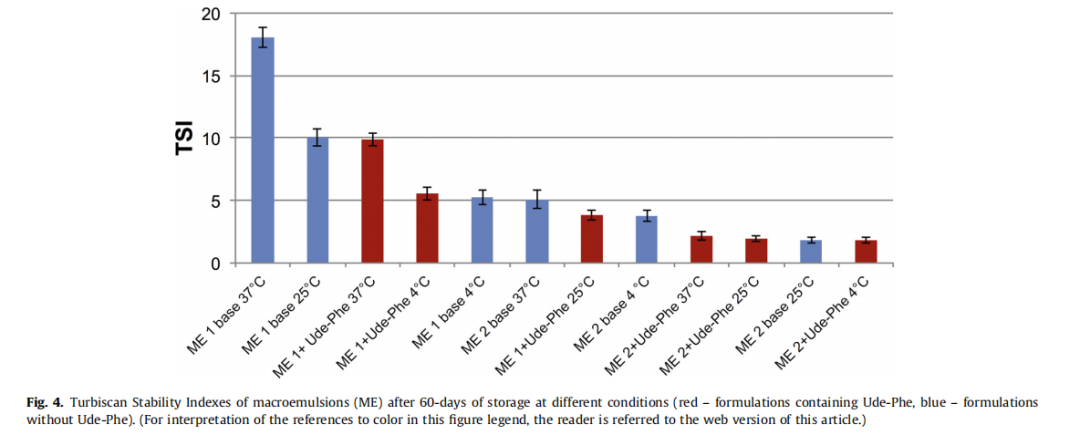
Emulsion stability containing Undecylenoyl Phenylalanine (Ude-Phe) has been shown to be more stable in emulsions without this ingredient (the Turbiscan Stability Index is a comprehensive metric calculated when performing stability tests on emulsions, suspensions, or dispersions with the Turbiscan Stability Analyzer to quantify the degree of change in the system during storage. The higher the TSI, the worse the stability of the system. Conversely, the lower the TSI, the better the stability of the system.)
05 Summary: Four steps to full-link whitening
1. Intercept signal: block the binding of α-MSH to the receptor and prevent the melanin synthesis command from being issued.
2. Inhibition of enzyme activity: effectively inhibit tyrosinase activity and reduce the conversion of "dopa" of melanin raw materials.
3. Synergy: When paired with niacinamide, the former inhibits production, and the latter blocks transportation, achieving a "1 1>2" whitening effect (such as SK-II small bulb, Olay blemish serum).
4. Gentle maintenance: Compared with traditional acids to exfoliate the skin, imylbenzamine does not destroy the barrier and is suitable for long-term use.
References
[1] Katoulis AC, Alevizou A, Bozi E,et al. A randomized,double-blind, vehicle-controlled study of a preparation containing undecylenoyl phenylalanine 2% in the treatment of solar lentigines. Clin Exp Dermatol. 2010 Jul;35(5):473-6. doi: 10.1111/j.1365-2230.2009.03605.x. Epub 2009 Oct 23
[2]Bissett DL, Robinson LR, Raleigh PS, et al. Reduction in the appearance of facial hyperpigmentation by topical N-undecyl-10-enoyl-L-phenylalanine and its combination with niacinamide. J Cosmet Dermatol. 2009 Dec;8(4):260-6. doi: 10.1111/j.1473-2165.2009.00470.x.
[3] Olejnik A, Glowka A, Nowak I. Release studies of undecylenoyl phenylalanine from topical formulations. Saudi Pharm J. 2018 Jul;26(5):709-718. doi: 10.1016/j.jsps.2018.02.019. Epub 2018 Feb 8.
For detailed product information, please contact us.
06 Market Case
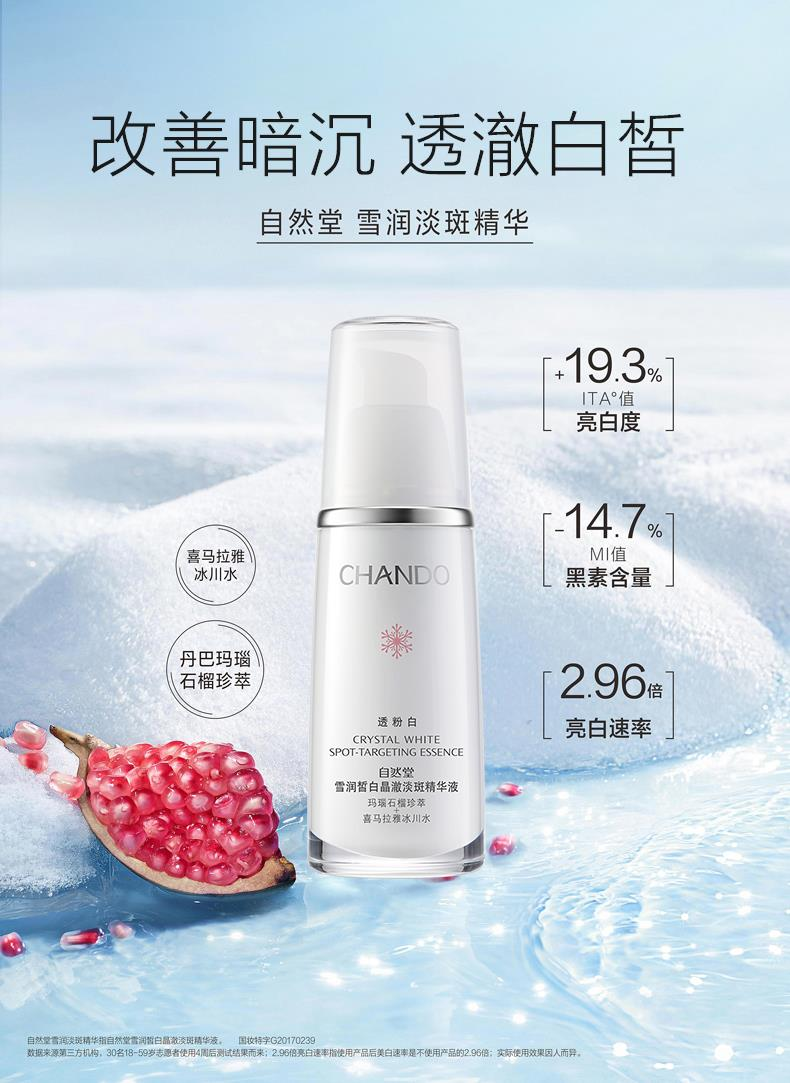
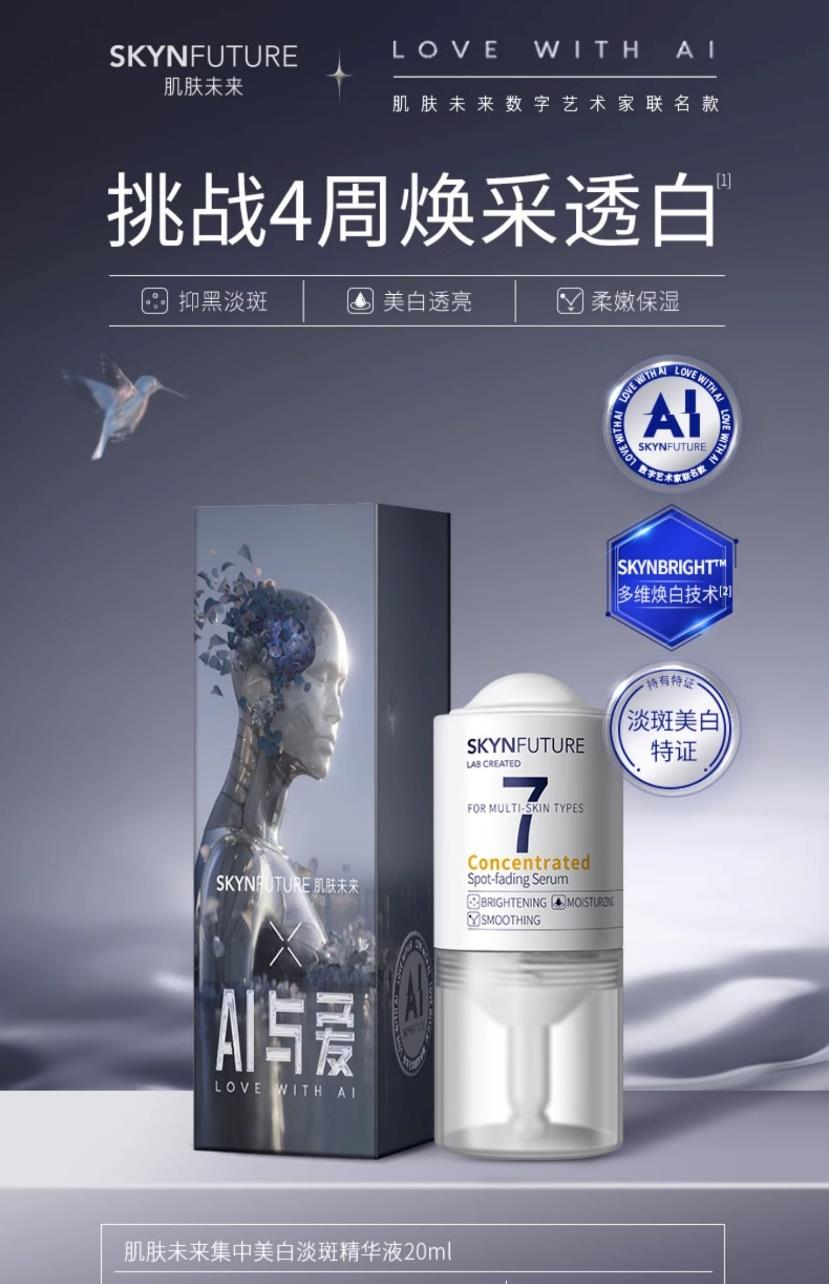
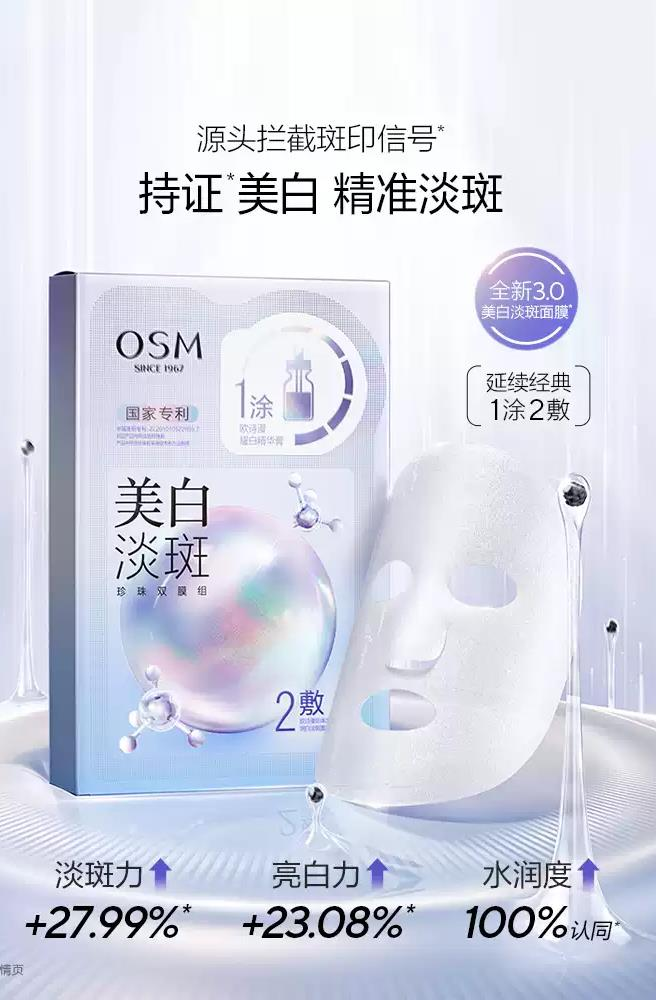
More Explore






